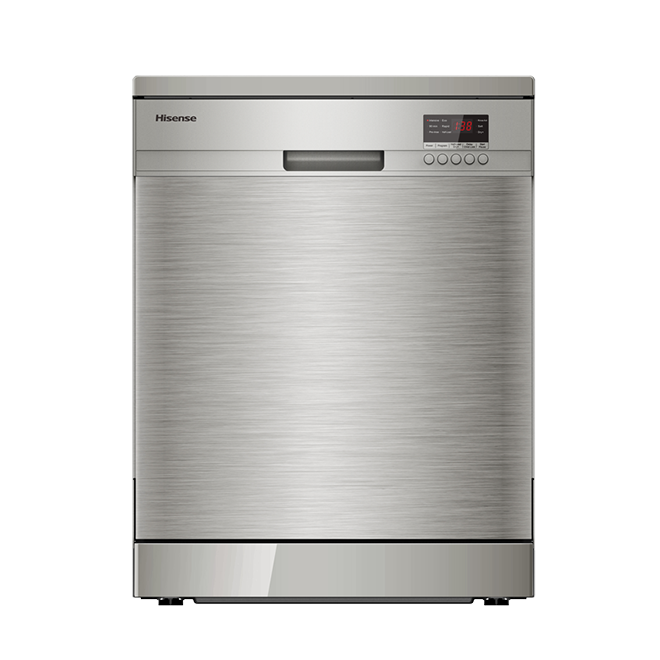Navigating the Ugandan Kitchen Upgrade: A Comprehensive Guide to Ceramic vs. Induction Cooktops
Embarking on the journey to upgrade your kitchen appliances often prompts a pivotal decision: Ceramic or Induction Hobs? This quest for the perfect cooking companion is a nuanced exploration of technology, efficiency, and convenience. In the realm of modern kitchens, where innovation meets culinary artistry, discerning between these two prominent hob technologies becomes paramount. As we delve into the heart of this culinary debate, our guide seeks to unravel the intricacies, benefits, and drawbacks of Ceramic and Induction Hobs. Join us in this culinary expedition, as we weigh the merits of each, striving to answer the timeless question – which hob truly reigns supreme in the realm of contemporary cooking?
1. Purchasing a Cooktop:
a. Space Consideration: When selecting a cooktop, the available kitchen space is a crucial factor. If your kitchen has limited space, opting for a cooktop that fits seamlessly is essential. Some manufacturers offer larger cooktops with dimensions that fit smaller cutouts, providing an extra cooking area without requiring a kitchen remodel.
b. Features: Consider the features that align with your cooking habits. Timers, child locks, and control positions are valuable additions. Evaluate the size and position of elements or burners to ensure they suit your preferred cookware and cooking style. Additionally, modern cooktops offer various controls, such as touch panels, providing a sleek design and precise heat adjustments.
c. Energy Efficiency: While induction cooktops may involve a higher initial cost, they are often more energy-efficient in the long run. By heating only the pan and not the surrounding air or cooktop surface, induction cooktops can potentially reduce energy consumption and contribute to lower utility bills over time.
d. Installation: The installation of a cooktop is a critical step. Follow the manufacturer’s guidelines and consult with a professional electrician to ensure the electrical ratings match your kitchen’s wiring. Professional installation is strongly recommended to prevent issues and ensure the safety of the appliance.
2. How They Work:
a. Ceramic: Ceramic cooktops utilize coiled metal elements under tempered ceramic glass to generate heat. The elements heat up electronically, transferring heat to the ceramic surface, and subsequently, to the pan. However, the cycling on and off during use can make precise heat control slightly less efficient compared to induction cooktops.
b. Induction: Induction cooktops employ high-frequency electromagnets to create a magnetic field that directly heats the pan. This method is highly efficient, as it skips the step of heating the cooktop’s surface. Induction cooktops offer rapid and precise temperature control, responding instantly to adjustments.
3. Control:
Both ceramic and induction cooktops often feature digital touch controls. These controls enhance the overall design of the cooktop and provide users with the ability to set precise heat levels. Induction cooktops, however, offer a distinct advantage in terms of control responsiveness, reacting instantly to changes in heat settings.
4. Safety:
a. Induction Safety: Induction cooktops are particularly safe, making them ideal for households with children. The cooktop surface remains relatively cool, and the activation occurs only when a pan is placed on the designated zone, minimizing the risk of accidental burns.
b. Ceramic Safety: Ceramic cooktops, while generally safe, can retain substantial heat after cooking. Manufacturers have addressed this concern by incorporating residual heat indicators, signaling which zones are still too hot to touch or clean. Some models also feature safety mechanisms to shut off heat in case of spills or empty pans.
5. Speed:
The speed of heating is a notable difference between ceramic and induction cooktops. Ceramic cooktops, relying on heated coils, have a slower response time compared to the instant heating provided by the magnetic field in induction cooktops. This can significantly impact cooking times, especially for recipes requiring rapid adjustments.
6. Cleaning:
Cleaning is simplified for both ceramic and induction cooktops due to their flat, smooth surfaces. However, specific considerations apply to each type.
a. Ceramic Challenges: Ceramic cooktops, while easy to wipe down, require prompt cleaning of spills. If left unattended, spilled food can bake onto the hot surface, making subsequent cleaning more challenging.
7. Cookware:
a. Induction Cookware: Induction cooktops necessitate specific cookware that responds to magnetic fields. Checking compatibility with a magnet ensures the cookware is suitable. Some adjustments to your existing cookware may be necessary.
b. Ceramic Cookware: Ceramic cooktops are more versatile in terms of cookware compatibility, accepting various types. However, flat-bottomed cookware is recommended for efficient heat transfer and reduced warm-up times.
8. Cost:
a. Initial Cost: Ceramic cooktops generally have a lower upfront cost, making them more budget-friendly for initial purchases.
b. Long-Term Value: While induction cooktops may involve a higher initial investment, their energy efficiency and potential long-term savings on utility bills can make them a better value proposition over time. It’s crucial to weigh the initial cost against the anticipated benefits and savings.
c. Coil Quality: For induction cooktops, the quality and performance of the induction coils can vary. Consulting with a cooking specialist or considering factors like power levels, zone layout, and warranty can help in selecting a cooktop that suits your specific requirements.
In conclusion, the choice between ceramic and induction cooktops involves a thorough consideration of your kitchen setup, cooking preferences, safety concerns, and budget constraints. Understanding the nuances of each type and seeking professional advice can ensure you make an informed decision tailored to your specific needs.








